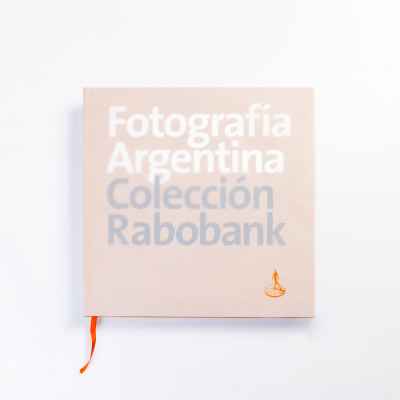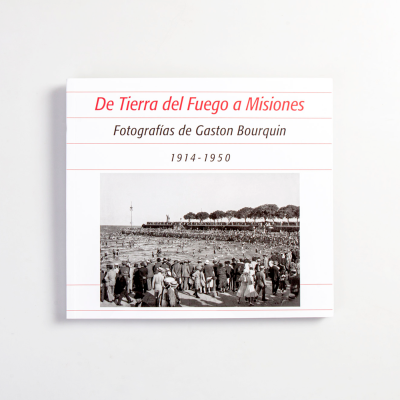Bourquin, Gastón
Gaston Bourquin (1890-1960) arrived from his native Switzerland to Argentina in 1913 as an assistant to photographer Juan Pi, also Swiss, settled in San Rafael, Mendoza. His stay there was short-lived as a hailstorm destroyed the glassed-in studio, prompting Bourquin to move on; he then settled in Buenos Aires, a city from which he often departed from the late 1910s to travel across Argentina, photographing landscapes, cities, towns, and their inhabitants. With photographic records from these journeys, Bourquin published albums and postcards. From the images in his album La Argentina Pintoresca – derived from an almanac that was not printed and distributed in time for 1921 – we know that by then Bourquin had already visited different regions from the Territories of Misiones and Tierra del Fuego to the Andes and the Atlantic, passing through a Buenos Aires in the process of modernization. The photographer must have made at least two photographic trips to Misiones, as in his book Misiones y Cataratas del Iguazú – in which curiously none of the photographs of the waterfalls that make up the collection of the Museum were published – a photograph shows the jamb of an arch of the mission of San Ignacio with a vandalized inscription with a name and a date: 1924. Thus, some of the photographs of the area were taken before 1921, and others, after 1924. Bourquin's rural landscapes have a strong romantic imprint. This is evident in the landscapes of the Misiones jungle blurred by intense fog or in the confused and moving outline of trees in Alto Paraná, which reveal a penchant for pictorial effects. And it is also evident in the images of the mission of San Ignacio Miní, in the indissoluble link between ruins and nature - a theme significantly linked to the genre of ruins, in vogue in the 19th century. Additionally, these photographs coincide chronologically with the "discovery" of colonial period architecture led by the Architecture Magazine created in 1915 by Juan Kronfuss, El Arquitecto (1920-1926) directed by Francisco Squirru and Ángel Croce Mujica, and the work of archaeologists and architects among whom Martín Noel and Ángel Guido stood out. These years were marked by a consciousness of national affirmation, a process observed throughout Latin America. And indeed, Bourquin's images of San Ignacio Miní constitute an important document as they precede the restoration works led by Mario Buschiazzo and Carlos Onetto in the 1940s. Bourquin's interest in rural or urban landscapes made him less inclined to other types of shots: there are no portraits or studio photographs, and only a few interior shots. Likewise, even in outdoor work, there were themes that did not motivate him: the inhabitants and the hustle and bustle of a town or city were not usually his focus. This is the case, for example, of the images he took of Buenos Aires, which portray it as a modern city, but rarely as a city in motion (by Verónica Tell).




